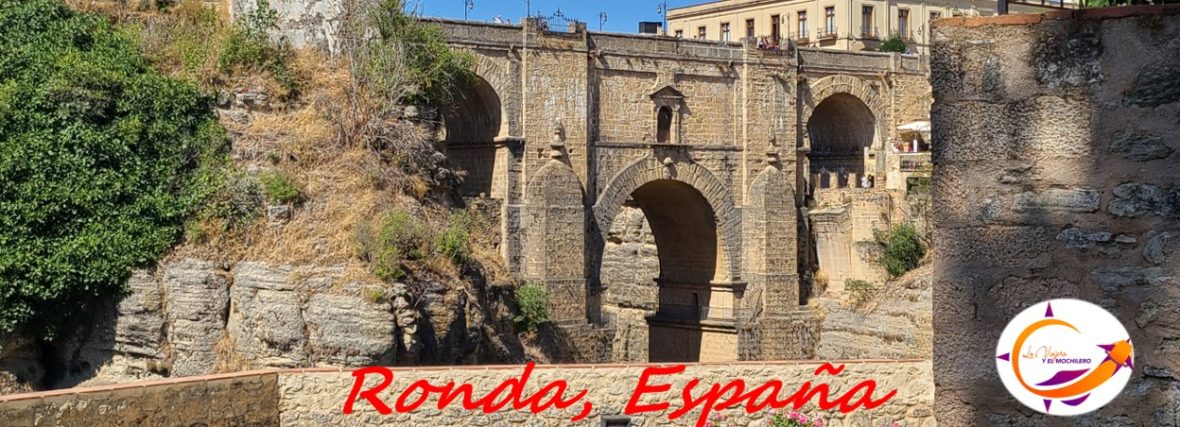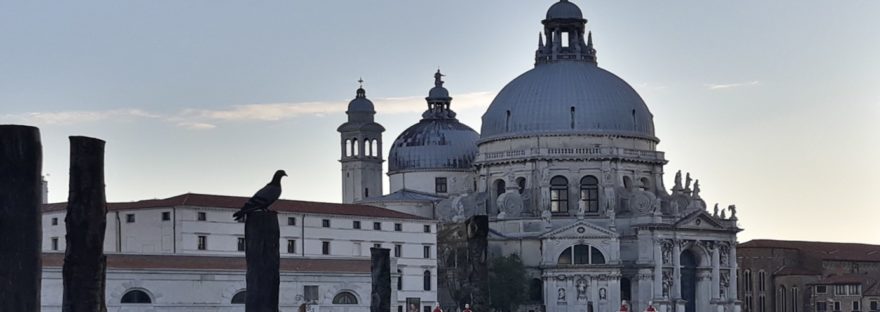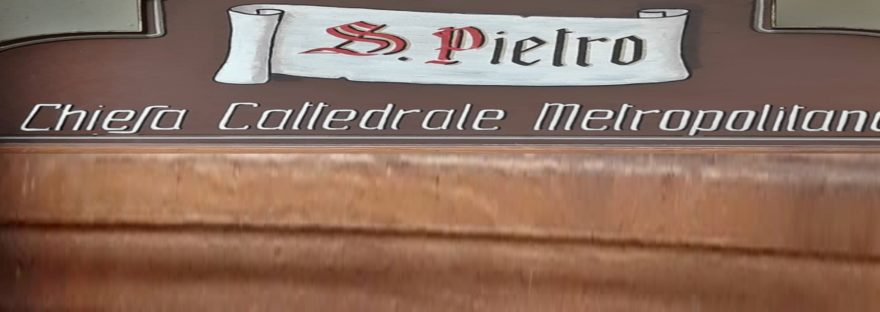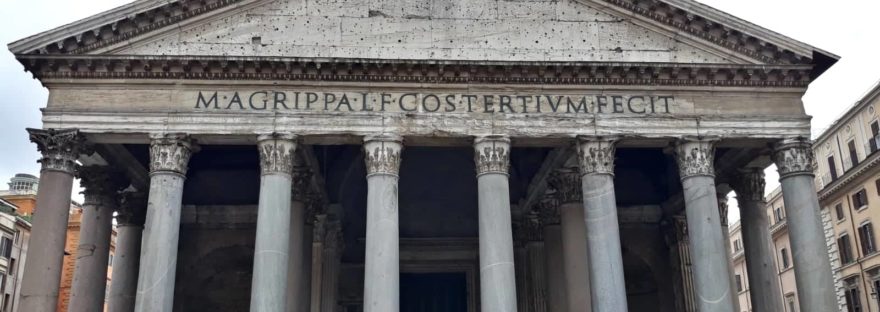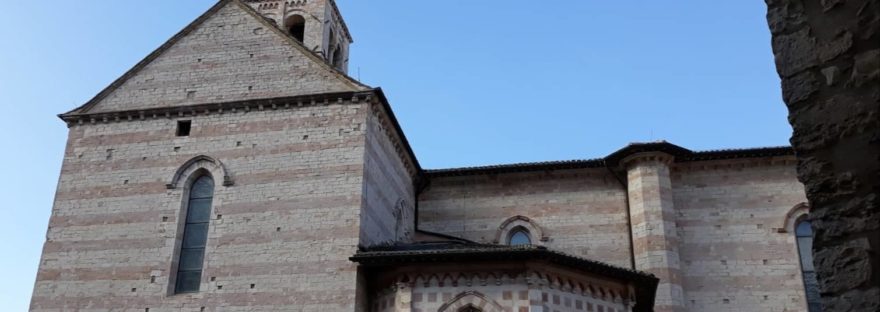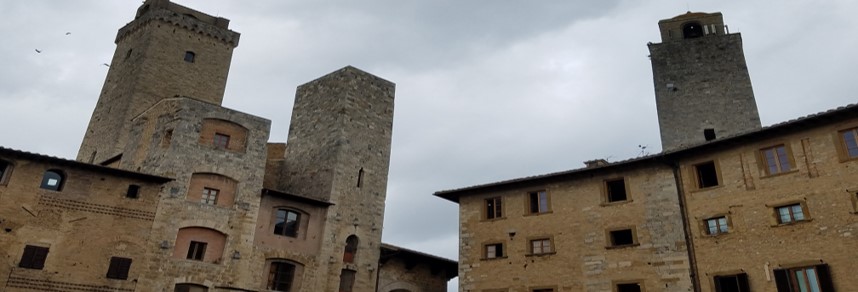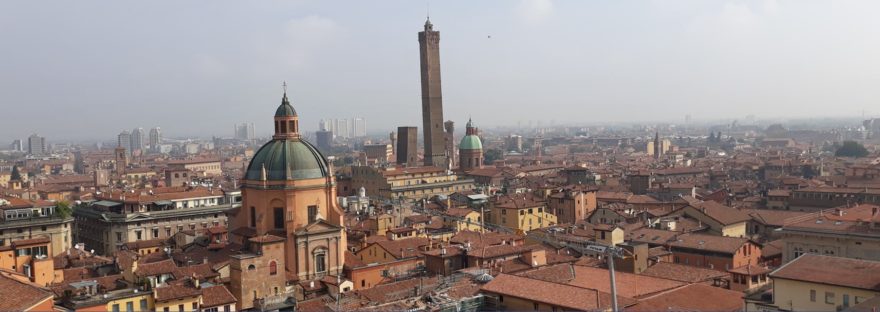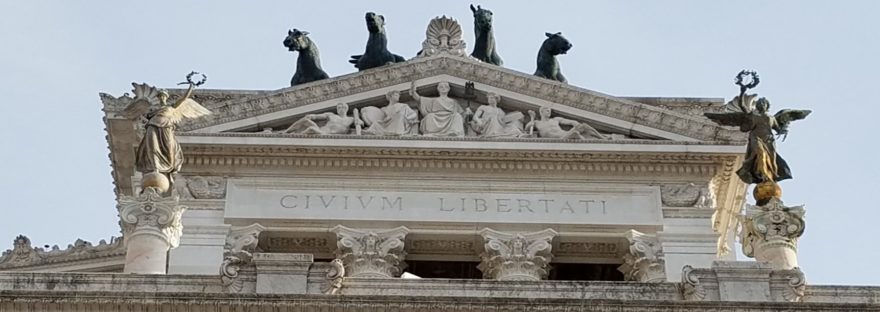The “Basilica di Santa Maria della Salute”, known simply as the “Salute”, is located at the tip of the “sestiere” of “Dorsoduro de Venezia”. It is visible from several points in San Marcos and is located on the other side of the Grand Canal. Continue reading “Basilica of “Santa Maria della Salute” – Venezia”
Author: La Viajera y El Mochilero
“Cattedrale Metropolitana di San Pietro” – Bologna
Just a block away from the “Piazzas di Nettuno and Maggiore” of Bologna one finds the “Cattedrale Metropolitana di San Pietro” located on the “Via dell’ Independenza “. This baroque style structure was consecrated in 1184. Continue reading ““Cattedrale Metropolitana di San Pietro” – Bologna”
Consistorial House of Toledo
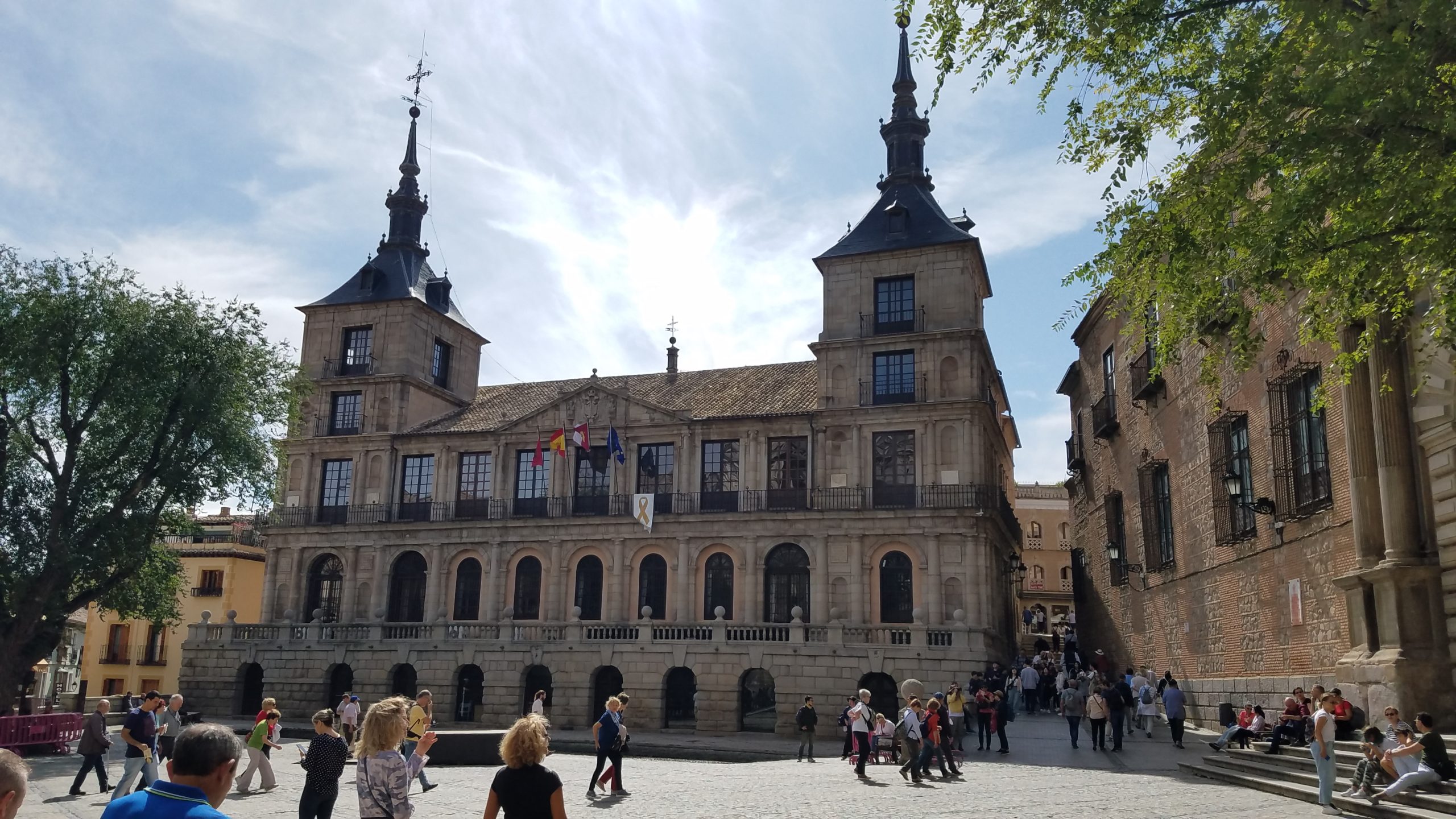 The Consistorial House or Town Hall that we see today in the “Plaza del Ayuntamiento de Toledo”, is a work that began in 1575. However, due to various complications, its architects and construction masters delayed its construction. The baroque architect, Teodoro Ardemans finally concludes the works in 1703. Continue reading “Consistorial House of Toledo”
The Consistorial House or Town Hall that we see today in the “Plaza del Ayuntamiento de Toledo”, is a work that began in 1575. However, due to various complications, its architects and construction masters delayed its construction. The baroque architect, Teodoro Ardemans finally concludes the works in 1703. Continue reading “Consistorial House of Toledo”
Basilica di Santa Maria ad Martyres, Rome
The “Basilica di Santa Maria ad Martyres” in Rome, Italy, was consecrated by Pope Boniface IV in the seventh century. As its name clearly indicates, it is dedicated to Saint Mary and the martyrs. Therefore, the remains of the martyrs were transferred to the catacombs under the main altar, resulting in the Basilica also becoming a mausoleum. Continue reading “Basilica di Santa Maria ad Martyres, Rome”
“Basilica di Santa Chiara” – Assisi
Opposite the Basilica of San Francesco and at the other end of Assisi, Italy, is the “Basilica di Santa Chiara” or Basilica of Saint Clair. “Chiara Offreduccio” was the eldest daughter of the Count of Sasso-Rosso and as well being a follower of and protected by “San Francesco”. In the 13th century she founded the Order of Saint Clair, originally under the name of the Order of the Poor Ladies of Saint Damian, in a manner much like the Franciscan monks. Continue reading ““Basilica di Santa Chiara” – Assisi”
City of Towers, San Gimignano
San Gimignano in the Italian Tuscan Hills, is known as the city of towers. Something that should not surprise us from a city that has been recognized by UNESCO for being a medieval city.
Piazza del Mercato Nuovo
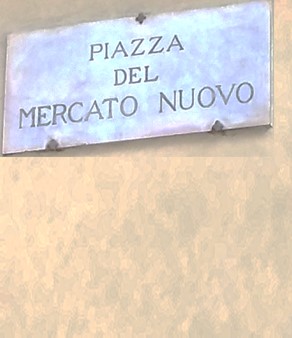 The “Piazza del Mercato Nuovo”, also known as the “Loggia del Mercato Nuovo” or “Porcellino” (pig), is just a short walk from the “Piazza della Signoria” of Firenze. This 16th century building replaces the “Mercato Vecchio” that was near the “Piazza della Repubblica”. Continue reading “Piazza del Mercato Nuovo”
The “Piazza del Mercato Nuovo”, also known as the “Loggia del Mercato Nuovo” or “Porcellino” (pig), is just a short walk from the “Piazza della Signoria” of Firenze. This 16th century building replaces the “Mercato Vecchio” that was near the “Piazza della Repubblica”. Continue reading “Piazza del Mercato Nuovo”
The Green Wall of Madrid
Walking along the Paseo el Prado and just in front of the Royal Botanic Garden, there is a very particular garden, the Green Wall of the CaixaForum in Madrid, Spain. It is specifically located at Paseo del Prado # 36. Continue reading “The Green Wall of Madrid”
Bologna – the Notai and Podesta Palaces
In the Emilia-Romagna region of northern Italy, is the city of Bologna, which is also the capital of the region. Named by the European Union as the European Capital of Culture for the year 2000, Bologna is undoubtedly a city of the highest order. When strolling through the city you can see why the distinction was given. Continue reading “Bologna – the Notai and Podesta Palaces”
“Altare della Patria” – Rome
Atop of one of the seven hills of Rome, the “Capitoline Hill” and facing the “Piazza Venezia”, one finds a large monument of white Botticino marble. It is the “Altare della Patria” of Italy, a national monument to King Vittorio Emanuele II (Victor Manuel II of Italy), who was king of Sardinia. Continue reading ““Altare della Patria” – Rome”
